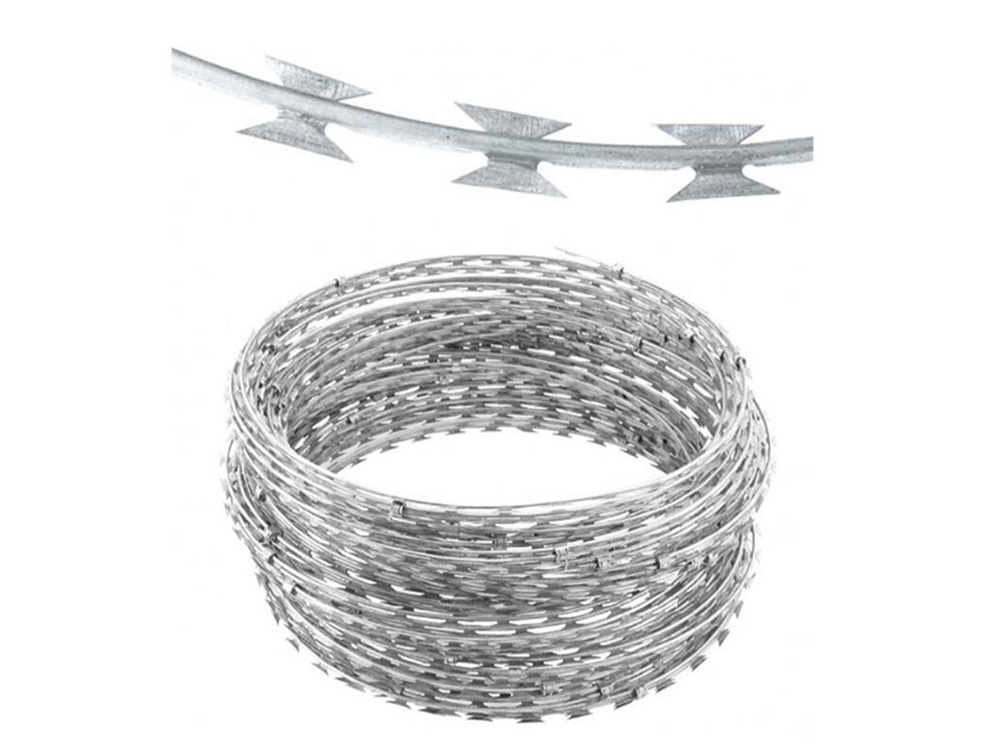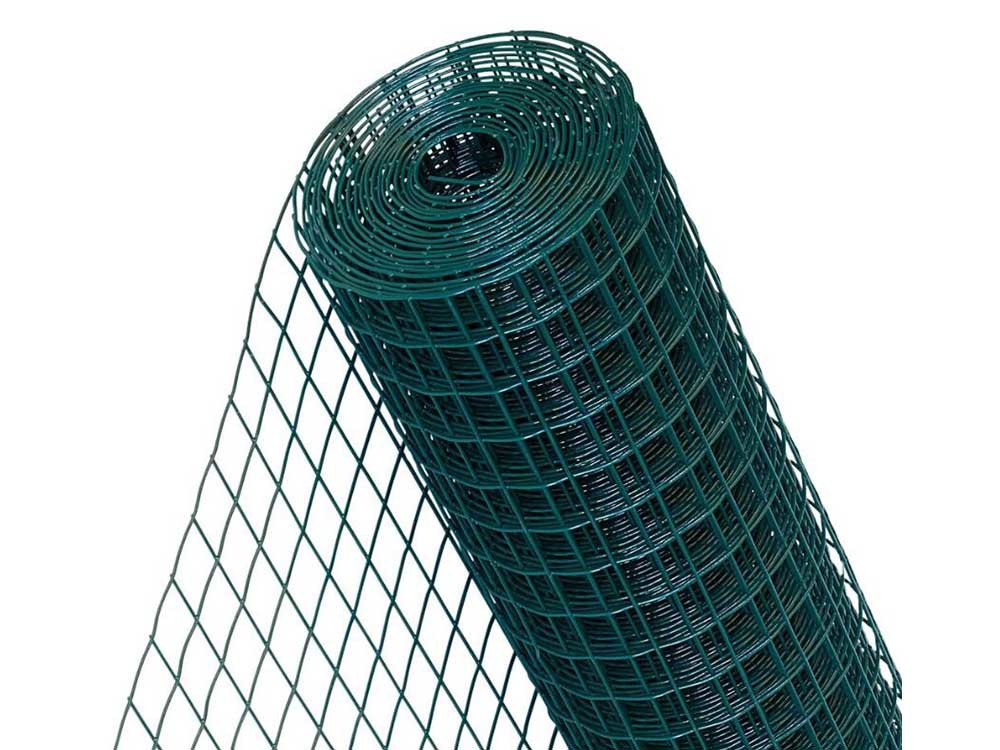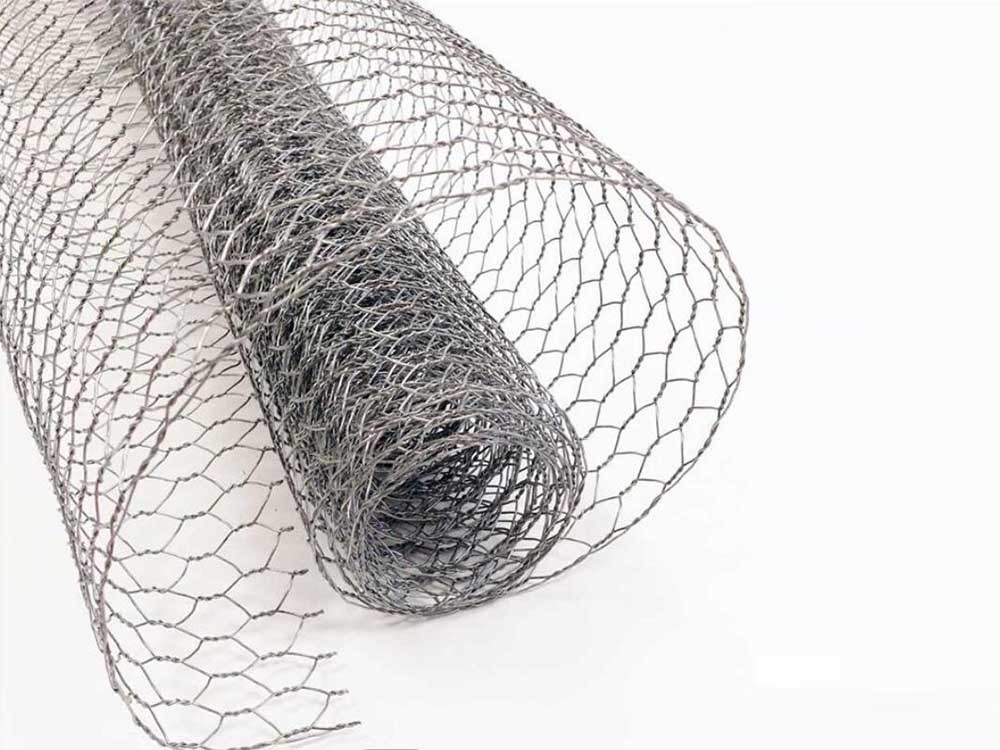The History and Evolution of Razor Barbed Wire in Security: A Comprehensive Analysis
Release Time:
May 08,2025
The History and Evolution of Razor Barbed Wire in Security Table of Contents Introduction to Razor Barbed Wire Early Inventions and Innovations The Impact of the Industrial Revolution on Barbed Wire The Evolution of Razor Barbed Wire Design Modern Applications of Razor Barbed Wire in Security Razor Barbed Wire vs. Traditional Barbed Wire Future Trends in Razor Barbed W

The History and Evolution of Razor Barbed Wire in Security
Table of Contents
- Introduction to Razor Barbed Wire
- Early Inventions and Innovations
- The Impact of the Industrial Revolution on Barbed Wire
- The Evolution of Razor Barbed Wire Design
- Modern Applications of Razor Barbed Wire in Security
- Razor Barbed Wire vs. Traditional Barbed Wire
- Future Trends in Razor Barbed Wire Security Solutions
- Frequently Asked Questions
- Conclusion
Introduction to Razor Barbed Wire
Razor barbed wire is a specialized type of fencing material that consists of sharp-edged barbs attached at regular intervals along a wire strand. Originally developed for agricultural purposes, it has since evolved into a crucial element in security infrastructure. With its intimidating design and robust functionality, razor barbed wire acts as a deterrent against unauthorized access, making it a popular choice for prisons, military installations, and private properties.
Early Inventions and Innovations
The concept of barbed wire dates back to the late 19th century, primarily developed to manage livestock on expansive farms. The earliest forms of barbed wire were created by inventors such as Joseph Glidden, who patented a design in 1874 that featured pointed barbs spaced along the wire. This invention significantly reduced the cost and labor associated with fencing, leading to widespread adoption in the agricultural sector.
However, as urbanization and industrialization progressed, the need for more secure fencing options emerged. The introduction of **razor barbed wire** in the early 20th century marked a pivotal turning point in fencing technology. This new design featured razor-sharp barbs that not only enhanced security but also served a psychological deterrent for those contemplating trespass.
The Impact of the Industrial Revolution on Barbed Wire
The Industrial Revolution fundamentally changed the landscape of manufacturing and materials. Advances in metallurgy and wire drawing technology enabled the production of stronger and more durable wire. As a result, razor barbed wire became increasingly resilient, capable of withstanding environmental stresses and physical assaults.
The development of more sophisticated manufacturing processes also allowed for a greater variety of designs. Companies began to experiment with various shapes and configurations of barbs, ultimately creating designs that enhanced both security and aesthetics. This innovation opened new markets for razor barbed wire beyond agriculture, leading to its adoption in various sectors, including urban security and military applications.
The Evolution of Razor Barbed Wire Design
Over the years, razor barbed wire has undergone several design enhancements aimed at improving its effectiveness as a security measure. Early designs primarily featured straight-edged barbs, which were effective but could be easily overcome. Modern variants have incorporated various designs, including concertina patterns and integrated fencing systems that combine razor barbed wire with other security measures, such as electric fencing.
1. **Concertina Wire**: This design features coils of razor wire that can be expanded and contracted. When deployed, concertina wire creates a formidable barrier that is difficult to breach and can be used effectively in both urban and rural settings.
2. **Composite Systems**: Some modern security solutions integrate razor barbed wire with high-tech alarm systems, surveillance cameras, and motion detectors. This multifaceted approach ensures a comprehensive security solution that not only deters intruders but also provides real-time monitoring.
3. **Aesthetic Considerations**: In urban environments, the visual impact of security measures is increasingly important. Manufacturers have developed options for razor barbed wire that can be concealed or integrated into more visually appealing fencing systems without compromising security.
Modern Applications of Razor Barbed Wire in Security
Razor barbed wire is used in a multitude of security applications across various sectors. Some of the most notable uses include:
- **Correctional Facilities**: Prisons and jails utilize razor barbed wire extensively to deter escape attempts and prevent unauthorized access. Its presence creates an imposing barrier that discourages potential threats.
- **Military Installations**: Razor barbed wire is a staple in military security. It is often deployed around bases and sensitive areas to enhance perimeter security and protect against infiltration.
- **Commercial Properties**: Businesses, particularly those in high-risk areas, employ razor barbed wire as part of their security strategy. By installing it atop fences or walls, they create an effective deterrent against vandalism and theft.
- **Residential Security**: Homeowners with high-value properties are increasingly turning to razor barbed wire as a method of securing their premises. While it may not be suitable for all neighborhoods, it remains an option for those who require heightened security.
Razor Barbed Wire vs. Traditional Barbed Wire
While both razor barbed wire and traditional barbed wire serve a similar purpose, there are key differences that set them apart:
- **Design and Functionality**: Razor barbed wire features sharp, flat barbs that can inflict severe injury, while traditional barbed wire has rounded barbs that are less dangerous. This design disparity makes razor barbed wire a more effective deterrent.
- **Security Level**: Due to its intimidating presence and potential harm, razor barbed wire is often preferred in high-security settings, while traditional barbed wire is more suitable for agricultural use.
- **Cost**: Razor barbed wire typically costs more than traditional barbed wire due to its advanced manufacturing process and enhanced security features. However, the investment is often justified by the added protection it provides.
Future Trends in Razor Barbed Wire Security Solutions
The future of razor barbed wire in security lies in its adaptation to new technologies and changing security needs. Some anticipated trends include:
- **Smart Fencing**: Integrating razor barbed wire with smart technology allows for advanced monitoring capabilities. Sensors embedded in the wire can detect tampering or breaches in real time, alerting security personnel immediately.
- **Environmental Sustainability**: As environmental concerns rise, manufacturers may begin developing more sustainable materials for razor barbed wire. This could include recycled metals or biodegradable components that reduce ecological impact.
- **Customization**: As security needs vary widely, the demand for customized razor barbed wire solutions is likely to grow. Manufacturers may offer tailored designs to meet specific security challenges faced by different industries.
Frequently Asked Questions
1. What is the primary purpose of razor barbed wire?
Razor barbed wire is primarily used as a security measure to deter unauthorized access and prevent breaches in high-security areas.
2. Where is razor barbed wire commonly used?
It is commonly used in correctional facilities, military installations, commercial properties, and some residential areas requiring heightened security.
3. Is razor barbed wire dangerous?
Yes, razor barbed wire is designed to inflict injury, making it a more effective deterrent compared to traditional barbed wire.
4. Can razor barbed wire be integrated with other security measures?
Absolutely! Razor barbed wire can be integrated with motion detectors, surveillance cameras, and alarms for a comprehensive security solution.
5. What are the advantages of using razor barbed wire over traditional barbed wire?
Razor barbed wire offers higher security, a more intimidating presence, and a design that makes it more difficult to breach compared to traditional barbed wire.
Conclusion
The history and evolution of razor barbed wire in security underscore its significance as a formidable deterrent against unauthorized access. From its early inventions to modern adaptations, razor barbed wire has evolved to meet the changing demands of security. As technology advances and security needs grow more complex, razor barbed wire remains a critical element in safeguarding properties and ensuring safety in various sectors. Its combination of strength, design innovation, and adaptability ensures its place in the future of security solutions.
Keywords:
More information














